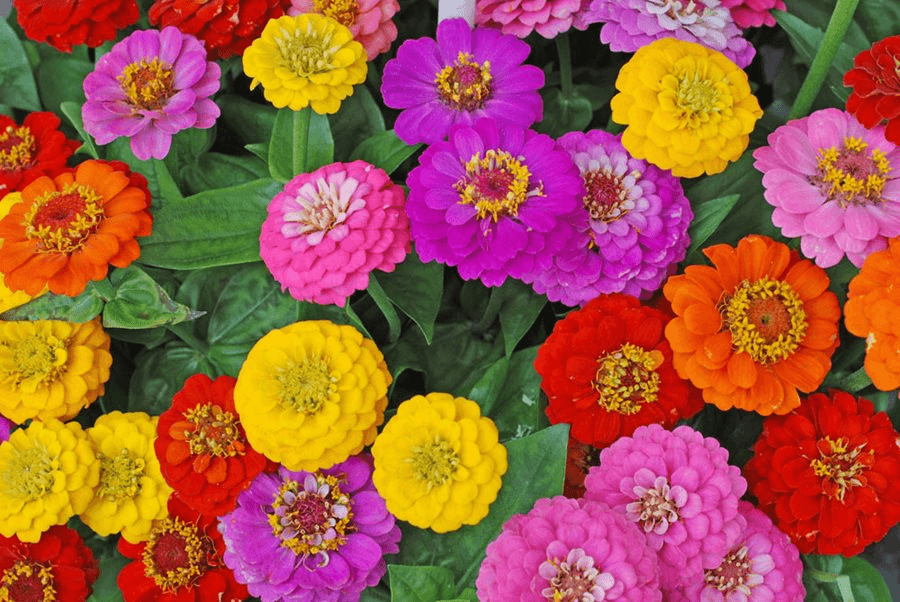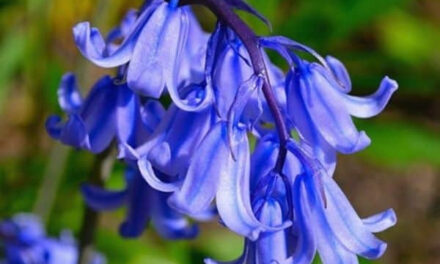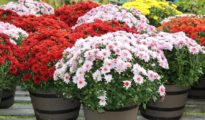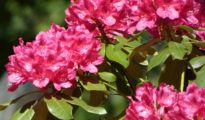Zinnias are among the most vibrant and easy-to-grow flowers, perfect for beginners and seasoned gardeners alike. Their wide array of colors, sizes, and shapes makes them a delightful addition to any garden. Whether you want to brighten up your backyard, create a colorful border, or even adorn your balcony with potted zinnias, this guide will walk you through everything you need to know about how to grow zinnias.

1. Why Grow Zinnias?
Before diving into the ‘how,' let's discuss the ‘why.'
- Variety: Zinnias come in an assortment of colors including red, pink, orange, yellow, lavender, white, and even multicolored blooms.
- Low Maintenance: These flowers are relatively easy to care for, making them a favorite for beginners.
- Attract Pollinators: Butterflies, bees, and hummingbirds adore zinnias. If you're looking to create a pollinator-friendly garden, zinnias should be at the top of your list.
2. Choosing the Right Zinnia for You
There are several species and varieties of zinnias:
- Zinnia elegans: The most common species, often called common zinnia. They can range from dwarf types (about 10 inches tall) to giants that grow over 3 feet tall.
- Zinnia angustifolia: Known as narrow-leaf zinnia, these are more heat and drought tolerant than the common zinnia.
- Zinnia haageana: Often referred to as the Mexican zinnia, they're known for their distinct patterned petals.
Choose a variety that suits your space and desired look.
3. Starting from Seed
Zinnias grow best when sown directly in their final location, but you can also start them indoors.
- Direct Sowing: Once the danger of frost has passed, sow zinnia seeds about ¼ inch deep and 3 inches apart. Once seedlings are a few inches tall, thin them so they're spaced 6 to 18 inches apart, depending on the variety.
- Indoors: Start zinnias 4-6 weeks before the last expected frost. Use seed trays or small pots with well-draining potting mix. Transplant seedlings outside after the danger of frost has passed.
4. Site and Soil Preparation
- Sunlight: Zinnias thrive in full sun, which means they require at least 6 to 8 hours of direct sunlight daily.
- Soil: Zinnias prefer well-draining soil with a pH level of 5.5 to 7.5. It's advisable to work compost or organic matter into the soil before planting to boost its fertility.
5. Watering and Care
- Watering: Zinnias need moderate watering. It's best to water at the base to avoid wetting the foliage, as damp leaves can lead to fungal diseases. Allow the soil to dry between watering.
- Deadheading: To encourage continuous blooming and keep your plants looking tidy, regularly remove (or deadhead) faded or old flowers.
- Pests and Diseases: Zinnias are generally trouble-free but can sometimes be affected by mildew, especially in humid conditions. Ensure good air circulation and avoid overhead watering. For pests like aphids or spider mites, a strong water spray or insecticidal soap can be effective.
6. Harvesting and Using Zinnias
Zinnias make excellent cut flowers:
- Harvesting: Cut zinnia stems at an angle in the morning when the blooms are fresh. Select flowers that have just fully opened.
- Arranging: Remove leaves that will be submerged in water to prolong vase life. Refresh water every couple of days.
7. Saving Seeds for Next Year
One of the joys of growing zinnias is that you can save seeds for the next year. After the bloom is spent and dries out, you can pull the petals away to reveal the seeds. Store them in a cool, dry place until the next planting season.
Zinnias are truly a gardener's delight. Their ease of care combined with the burst of color they bring to gardens makes them a must-have in any planting space. Whether you're a novice looking for a starter flower or an expert exploring varieties, zinnias are a blooming marvel worth growing. So, grab some seeds or seedlings and embark on a zinnia journey that promises beauty and gratification!
The History of Zinnias
Zinnias are native to the grasslands and scrub of the Southwestern United States, Mexico, and Central America. The flower was named in honor of Johann Gottfried Zinn, a German botanist who was among the first to scientifically describe the plant. Originally considered an unattractive wildflower, its transformation into a garden gem is a testament to the wonders of selective breeding.
Advanced Care Tips
Fertilizing: While zinnias are not very demanding, they do benefit from a balanced fertilizer, especially if the soil is not rich. A 10-10-10 (N-P-K) ratio works well. However, be careful not to over-fertilize as too much nitrogen can lead to excessive leaf growth at the expense of blooms.
Mulching: Applying a 2-inch layer of organic mulch around zinnias can help retain soil moisture, regulate soil temperature, and suppress weeds. This can be especially beneficial in the hotter months.
Disease Prevention: To prevent powdery mildew, try planting resistant varieties or applying a fungicide early in the season. Always follow manufacturer's instructions when using any chemical treatments.
Designing with Zinnias
Given the vast variety of zinnias, they can be creatively used in many garden settings:
- Borders: Use taller zinnia varieties to create a vibrant backdrop for other plants. The contrast they provide can make other flowers pop.
- Container Gardens: Dwarf zinnias are perfect for pots and planters. Mix them with other sun-loving plants for a dynamic display.
- Meadow or Cottage Gardens: Zinnias have a free-spirited appeal that fits well in informal settings. Scatter them amidst other wildflowers for a touch of structured chaos.
- Cut Flower Gardens: If you're keen on having fresh flowers indoors, dedicate a patch of your garden to zinnias. Their long stems and long-lasting blooms make them ideal for vases.
Cultural Significance of Zinnias
Zinnias, especially in their native regions, have cultural and sometimes even spiritual significance. In some cultures, they're symbolic of endurance because they bloom in the heat and continue to flourish in challenging conditions. They can represent both the idea of strong bonds between people and the concept of remembrance. This dual meaning makes them a poignant choice for many occasions.
Companion Planting
While zinnias are beautiful on their own, they can thrive alongside certain plants:
- Beneficial companions: Marigolds, nasturtiums, and petunias can help repel pests that may be attracted to zinnias.
- Functional companions: Planting basil or borage nearby can enhance zinnia growth and protect them from certain pests.
There's more to zinnias than just their outward charm. Their resilience, history, and versatility make them more than just a decorative addition to gardens. They tell a story of transformation, endurance, and beauty in adversity. As you plant, nurture, and watch your zinnias bloom, remember to enjoy not only their visual splendor but also the rich tapestry of meanings and stories they carry with them.



















